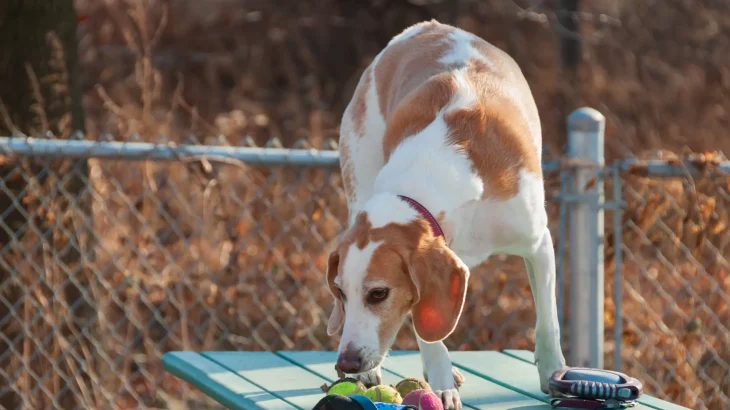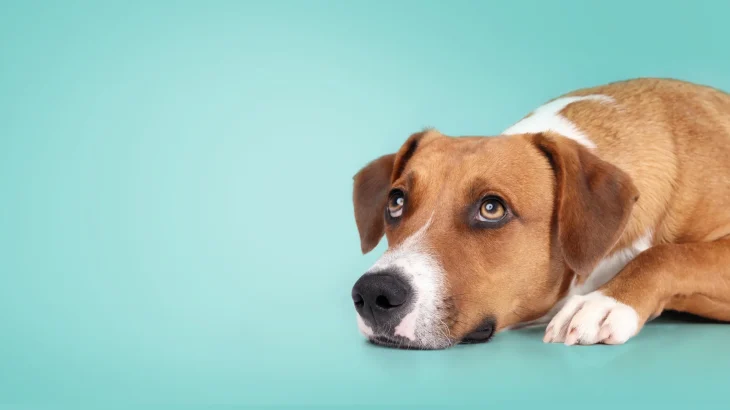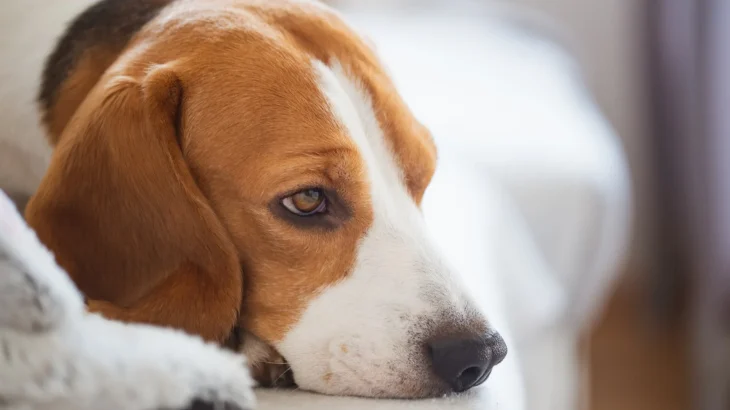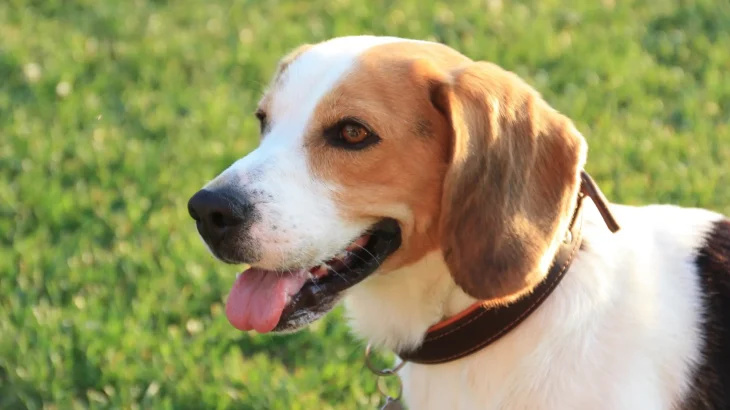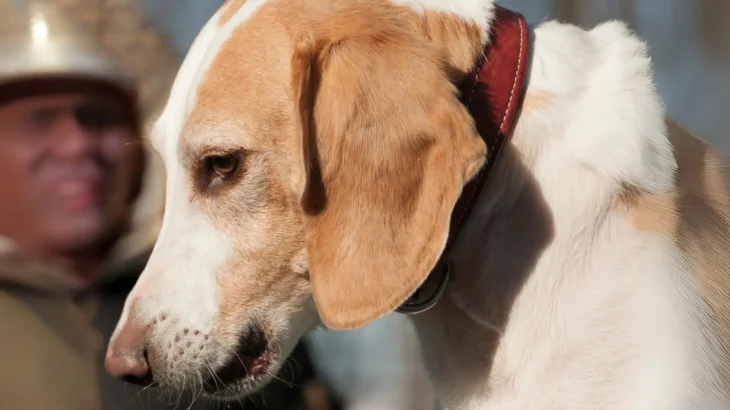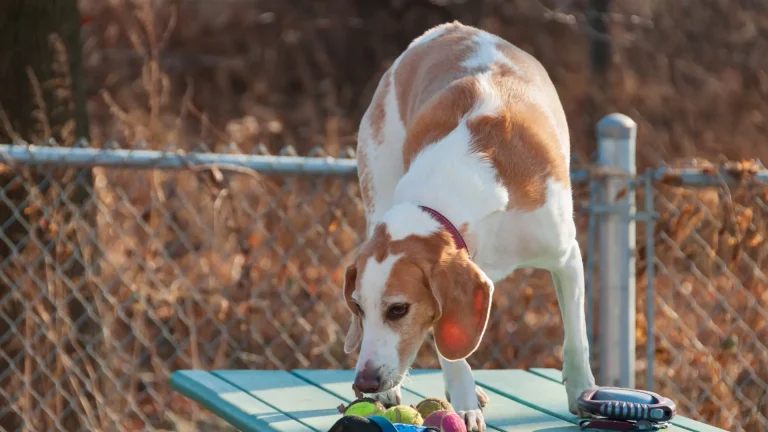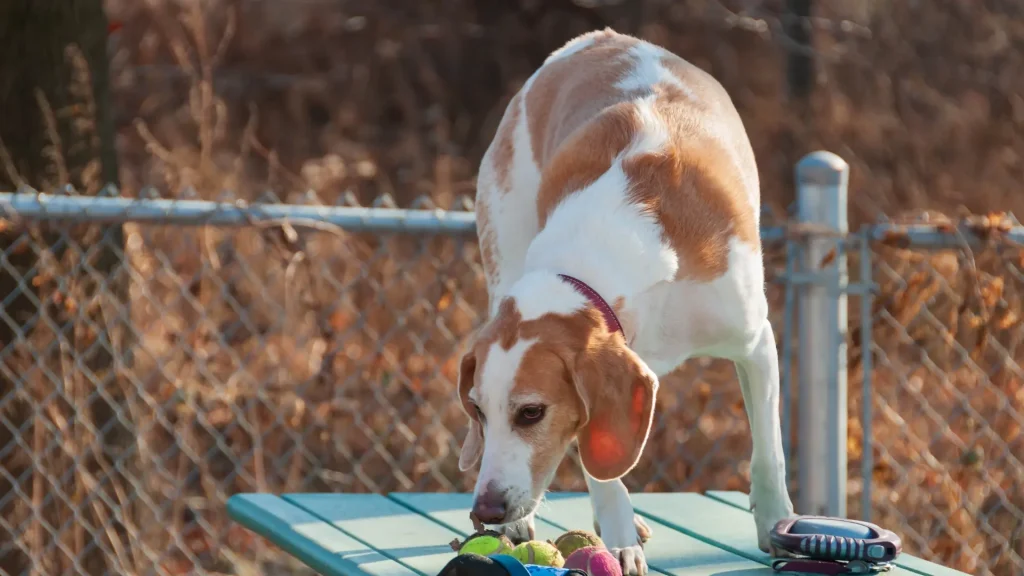Deciding between adopting or purchasing a Harrier puppy involves weighing factors like access to health records and pedigree versus providing a home for a dog in need. Buying from a breeder often means a puppy with a known lineage, while adopting may have less predictable backgrounds but supports animal welfare.
| Criteria | Buying from Breeder | Adopting from Shelter/Rescue |
|---|---|---|
| Cost | Higher upfront cost due to purebred status and documentation. | Generally lower fees, making it more budget-friendly. |
| Health History | Comprehensive health screening and genetic history provided. | Health background may be uncertain; basic health checks done. |
| Age Availability | Mostly puppies, allowing early socialization and training. | Range of ages, including adults and seniors. |
| Temperament Insight | Breeders offer insights based on lineage traits. | Shelter staff observe temperament but with less history. |
| Supporting Practices | Supports responsible breeding with ethical sources. | Supports animal welfare by giving homes to dogs in need. |
| Breed Purity & Pedigree | Offers verified pedigree, ideal for enthusiasts and shows. | May not guarantee purebred status or detailed pedigree. |

